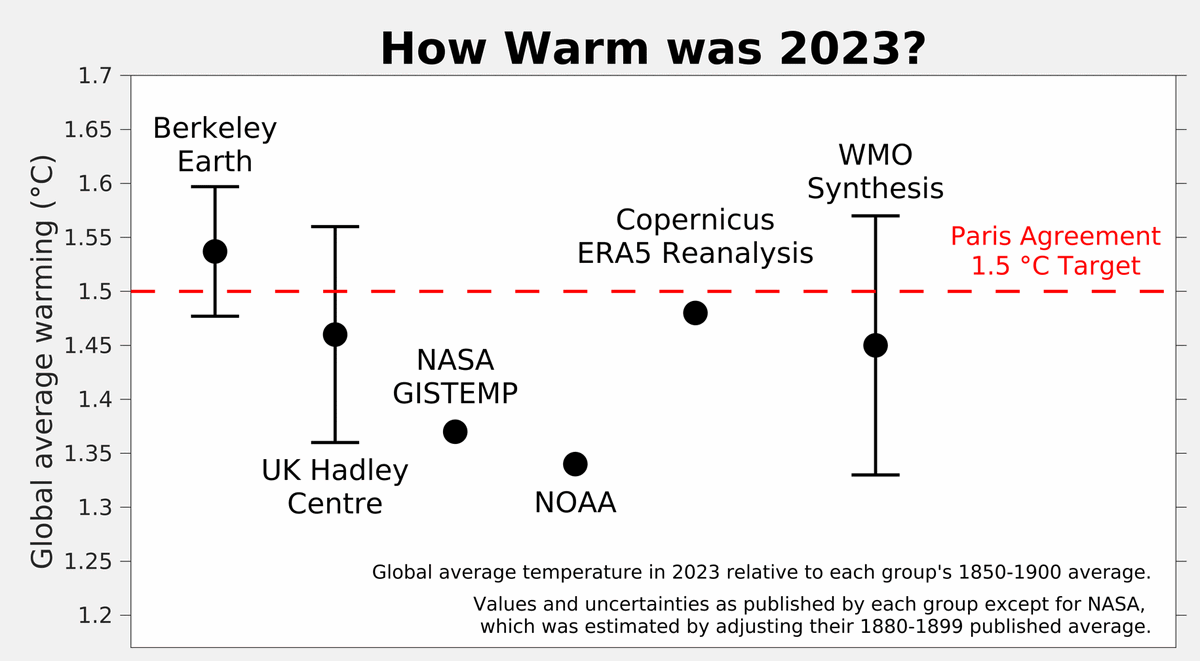The Northern Pacific Ocean is currently smashing temperature records.
And it is reaching these levels far earlier than the current generation of climate models had expected.
A short thread 🧵
And it is reaching these levels far earlier than the current generation of climate models had expected.
A short thread 🧵

Nearly the entire Northern Pacific is experiencing a strong marine heat wave, with record warmth in Japan and abnormally warm waters stretching all the way to the North American coastline.
This much extra warmth in a large ocean basin is very rare.
2/ berkeleyearth.org/august-2025-te…
This much extra warmth in a large ocean basin is very rare.
2/ berkeleyearth.org/august-2025-te…

Like most record-setting events, this warmth has multiple causes.
It's a combination of short-term weather over the last few months and global warming over decades.
But it is also probably, in part, the result of an accidental experiment in large-scale geoengineering.
3/
It's a combination of short-term weather over the last few months and global warming over decades.
But it is also probably, in part, the result of an accidental experiment in large-scale geoengineering.
3/
What do I mean by an accidental experiment in geoengineering?
In 2020, new anti-pollution regulations to protect human health (IMO2020) cut the allowable sulfur content in marine fuels.
This slashed shipping-related sulfur pollution ~85% overnight.
4/
In 2020, new anti-pollution regulations to protect human health (IMO2020) cut the allowable sulfur content in marine fuels.
This slashed shipping-related sulfur pollution ~85% overnight.
4/
https://x.com/RARohde/status/1676529805502693377
The North Pacific and North Atlantic are the world's great shipping corridors.
Cutting ship-borne sulfur pollution had the secondary effect of clearing the skies in these areas, reducing ship-track associated clouds, and letting a bit more sunlight be absorbed by the ocean.
5/
Cutting ship-borne sulfur pollution had the secondary effect of clearing the skies in these areas, reducing ship-track associated clouds, and letting a bit more sunlight be absorbed by the ocean.
5/

Cutting air pollution over the ocean isn't the whole story, but likely adds a few to several tenths of a degree Celsius to the temperature of this ocean basin.
Contributing, in part, to the current Northern Pacific records and the North Atlantic records in 2023/2024.
6/
Contributing, in part, to the current Northern Pacific records and the North Atlantic records in 2023/2024.
6/
Does reduced sulfur pollution explain the divergence between climate models and observations?
Not sure, but it likely explains at least some of it.
The current generation of models did not anticipate the marine sulfur regulations, and so will not have included that impact.
7/
Not sure, but it likely explains at least some of it.
The current generation of models did not anticipate the marine sulfur regulations, and so will not have included that impact.
7/

The next generation of model results, which better reflect recent sulfur emission changes, will be appearing soon.
Hopefully they will clarify if we understand what is happening in the Pacific, but right now that warming is exceeding our models in a troubling way.
8/8
Hopefully they will clarify if we understand what is happening in the Pacific, but right now that warming is exceeding our models in a troubling way.
8/8
• • •
Missing some Tweet in this thread? You can try to
force a refresh












